Here’s a collection of facts about Myanmar, covering its history, culture, geography, and more:
🇲🇲 Myanmar: Pagodas, Parathas, and Plenty of Surprises
Imagine a country where golden pagodas dot the skyline, monks in maroon robes walk the streets like it’s the most natural thing ever, and the air is filled with the aroma of sizzling street food. Welcome to Myanmar, a nation that feels like a blend of time travel, adventure, and spiritual calmness — all in one!
Formerly known as Burma, Myanmar is one of those places you don’t hear about every day, but once you do, it’s hard to forget. Whether it’s the mystique of Bagan’s ancient temples, the serene beauty of Inle Lake, or the bustling chaos of Yangon, this country has layers. Let’s unwrap them, one fun fact at a time.
🗺️ First Things First – Where is Myanmar?
Myanmar is tucked away in Southeast Asia, sharing borders with India, China, Thailand, Laos, and Bangladesh. It’s like the shy kid sitting in a circle of very talkative friends. The country stretches from the Himalayas in the north to tropical beaches in the south.
And yes, it’s big — the second-largest country in Southeast Asia, after Indonesia. With a population of over 55 million, Myanmar is as diverse as it gets.
🏛️ A Bit of History (Don’t Worry, We’ll Keep it Fun)
Myanmar has a long, tangled history. Think of it like a centuries-long soap opera, full of kings, invasions, colonial rule, and independence.
- The ancient kingdom of Pagan (Bagan) was established in the 9th century and flourished for hundreds of years.
- The British colonized Myanmar in the 19th century, and it became part of British India.
- After independence in 1948, the country went through a series of political dramas — coups, military rule, protests, and more.
- In 1989, the military government officially changed the country’s name from Burma to Myanmar.
The politics are still pretty complicated today, with ongoing struggles for democracy, ethnic conflicts, and international concerns. But through it all, the spirit of the people remains strong.
🌇 Yangon – The Buzzing Old Capital
Yangon (formerly Rangoon) used to be the capital until 2006, when the government randomly decided to move it to Naypyidaw — a city they built from scratch in the middle of nowhere. (No kidding.)
But Yangon is still the heart and soul of modern Myanmar. Picture:
- Shwedagon Pagoda, a massive golden stupa that glows like magic at sunset.
- British colonial buildings mixing with bustling tea shops.
- Street markets selling everything from deep-fried snacks to second-hand mobile phones.
It’s chaotic, beautiful, and unforgettable.
⛩️ Bagan – The Land of a Thousand Temples
Ever seen a picture of hundreds of ancient temples poking through the mist at sunrise? That’s Bagan. And yes, it looks just as dreamy in real life.
Bagan is an archeological paradise with over 2,000 temples and pagodas, built between the 9th and 13th centuries. You can explore by e-bike, horse cart, or even a hot air balloon if you’re feeling fancy.
Every temple has its own vibe — some are huge and grand, others are small and peaceful. Bagan isn’t just a tourist spot; it’s a spiritual experience.
🌊 Inle Lake – Where Boats Do Everything
Inle Lake is a chill, magical place in Shan State where people live on the water. No, really — the houses are on stilts, and boat rides are a daily commute.
Here’s what makes Inle special:
- Fishermen rowing with one leg while balancing on their boats (a skill that looks like ballet meets fishing).
- Floating gardens where tomatoes and flowers grow on the lake.
- Local markets, monasteries, and craft villages that feel frozen in time.
It’s peaceful, scenic, and feels like stepping into a fairytale.
🌄 Mandalay – The Cultural Capital
Mandalay is Myanmar’s second-largest city and the former royal capital. It’s got a slightly different flavor — more traditional, more reserved, but deeply spiritual.
Highlights include:
- Mandalay Hill for epic sunset views.
- U Bein Bridge, the world’s longest teakwood bridge.
- Monasteries where thousands of monks live and study.
Mandalay gives you that serene “old soul” energy.
🍜 The Food Scene – Spicy, Crispy, and Totally Addictive
Myanmar’s food is criminally underrated. It’s a delicious mash-up of Indian, Chinese, Thai, and native Burmese flavors. Think spicy, tangy, and umami-packed dishes.
Top picks:
- Mohinga – the national dish. A fish-based noodle soup eaten for breakfast (yes, fish for breakfast!).
- Lahpet Thoke – tea leaf salad that’s crunchy, spicy, and super unique.
- Shan noodles, curries, grilled meats, and sweet snacks made with coconut and jaggery.
Don’t skip the street food either — you’ll find fried samosas, skewered meats, and chewy rice cakes on every corner.
🧘 Religion and Culture – Monks, Mandalas, and Mindfulness
Myanmar is a Buddhist-majority country, and religion is a huge part of everyday life. You’ll see monks everywhere — walking barefoot, collecting morning alms, or meditating in temples.
Most families support a local monastery, and many boys temporarily become monks at some point in their life.
There’s also a strong tradition of nat worship (spirit worship) that blends with Buddhism. It’s fascinating — some festivals involve dances, music, and spirit mediums.
🎉 Festivals and Fun – Colorful, Loud, and Joyful
Myanmar knows how to throw a party — especially when it comes to Thingyan, the Burmese New Year in April.
Thingyan is basically a massive water fight that lasts for days. Think Holi but with water guns instead of color. Everyone gets soaked — and loves it.
Other festivals like Thadingyut (Festival of Lights) and Tazaungdaing (hot air balloon festival) are equally dazzling, with glowing lanterns, food, music, and joy.
🏔️ The Natural Side – From Beaches to Mountains
Myanmar is a stunner when it comes to nature. You’ve got:
- Snow-capped peaks in the north
- White sand beaches like Ngapali and Ngwe Saung in the west
- Dense jungles, rivers, and caves waiting to be explored
Wildlife lovers can spot elephants, tigers, and rare bird species, while adventurers can trek through tribal villages in Chin or Kayah states.
⚠️ Real Talk: The Challenges
It’s impossible to talk about Myanmar without acknowledging the serious issues it faces.
- The military has a strong grip on politics, and recent years have seen massive protests and civil unrest.
- Ethnic minorities have faced displacement, and there have been widespread human rights concerns.
- Internet blackouts, media restrictions, and travel bans are not uncommon.
It’s a country filled with potential and beauty, but also deep pain and conflict. Travelers are urged to be sensitive, stay informed, and respect local perspectives.
💬 Language and People – Warm Hearts, Big Smiles
The main language is Burmese, but there are over 100 ethnic groups in Myanmar, each with its own language, traditions, and cuisine. The diversity is mind-blowing.
And the people? They’re some of the kindest, most welcoming humans you’ll meet. Whether it’s sharing food, giving directions, or just smiling at a stranger — hospitality is real here.
🌏 Final Thoughts: A Country That Stays With You
Myanmar isn’t just a destination. It’s an experience — layered, complex, and unforgettable. It’ll surprise you with its beauty, challenge you with its realities, and charm you with its people.
It may not be the easiest country to visit, and it has its shadows. But for those who seek stories, meaning, and a little bit of magic, Myanmar is a journey worth taking.
So pack light, stay curious, and let this golden land teach you something unexpected. ✨

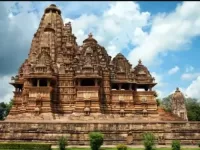





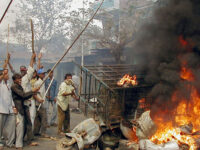


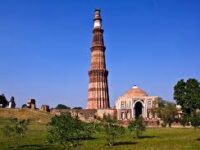











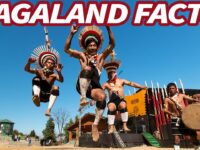
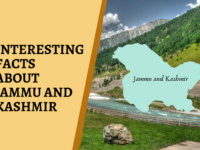
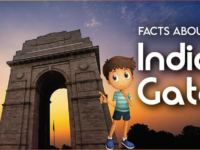

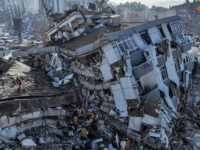


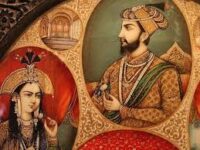








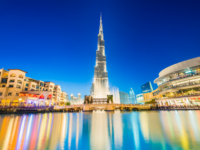

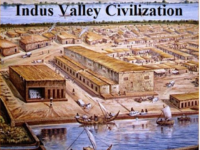
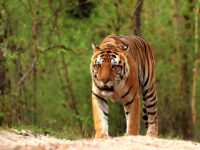





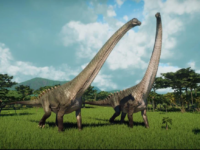


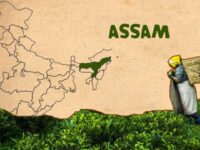

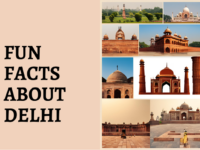


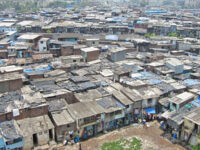
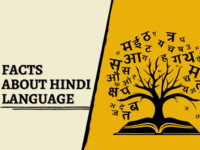
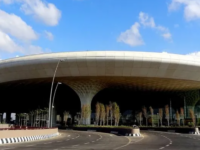
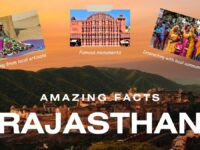






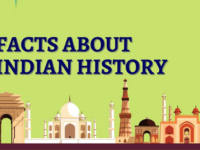
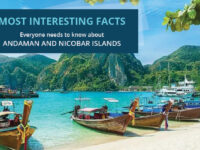

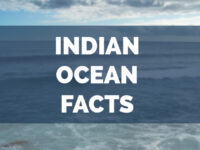
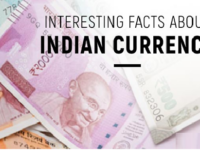
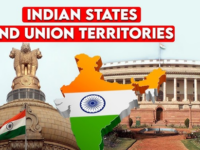


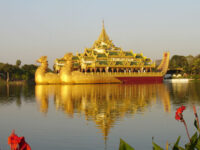

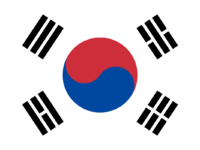


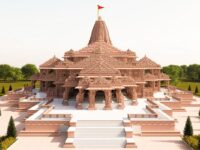








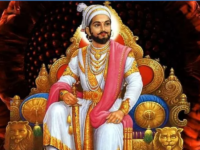










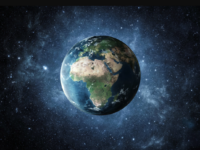



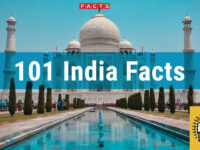
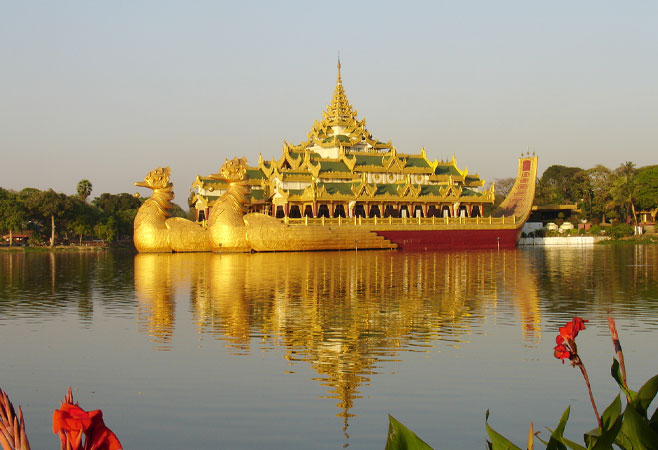
0 Comments